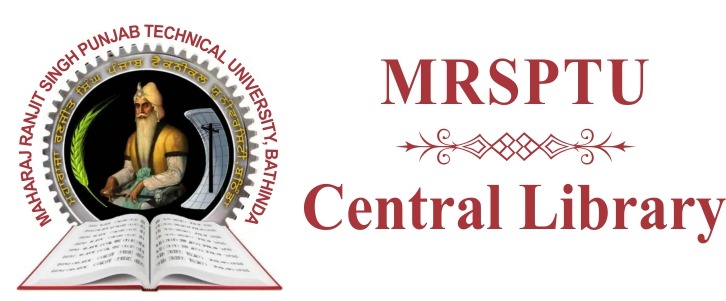Please use this identifier to cite or link to this item:
http://localhost:8080/xmlui/handle/123456789/715Full metadata record
| DC Field | Value | Language |
|---|---|---|
| dc.contributor.author | Pathania, S | - |
| dc.contributor.author | Rawal, R K | - |
| dc.date.accessioned | 2023-07-21T06:25:19Z | - |
| dc.date.available | 2023-07-21T06:25:19Z | - |
| dc.date.issued | 2020 | - |
| dc.identifier.issn | 1756-8927 | - |
| dc.identifier.uri | https://doi.org/10.4155/fmc-2019-0339 | - |
| dc.identifier.uri | http://localhost:8080/xmlui/handle/123456789/715 | - |
| dc.description.abstract | Cancer, still in the limelight due to its dreadful nature, shows overexpression of multiple signaling macromolecules leading to failure of many chemotherapeutic agents and acquired resistance to chemotherapy. These factors highlight the significance of shifting toward targeted therapy in cancer research. Recently, ERKs (ERK1 and 2) have been established as a promising target for the management of various types of solid tumors, due to their aberrant involvement in cell growth and progression. Several ERKs inhibitors have reached clinical trials for the management of cancer and their derivatives are being continuously reported with noteworthy anticancer effect. This review highlights the recent reports on various chemical classes involved in the development of ERKs inhibitors along with their in vitro and in vivo activity and structure–activity relationship profile. | en_US |
| dc.language.iso | en | en_US |
| dc.publisher | Future Medicinal Chemistry 12(7) | en_US |
| dc.relation.ispartofseries | ;593-611. | - |
| dc.subject | cancer | en_US |
| dc.subject | ERK1/ERK2 | en_US |
| dc.subject | ERK inhibitors | en_US |
| dc.subject | heterocycles | en_US |
| dc.title | An update on chemical classes argeting ERK1/2 for the management of cancer | en_US |
| dc.type | Article | en_US |
| Appears in Collections: | Research Papers | |
Files in This Item:
| File | Description | Size | Format | |
|---|---|---|---|---|
| Kindly contact to the Central Library.docx | 11.36 kB | Microsoft Word XML | View/Open |
Items in DSpace are protected by copyright, with all rights reserved, unless otherwise indicated.

